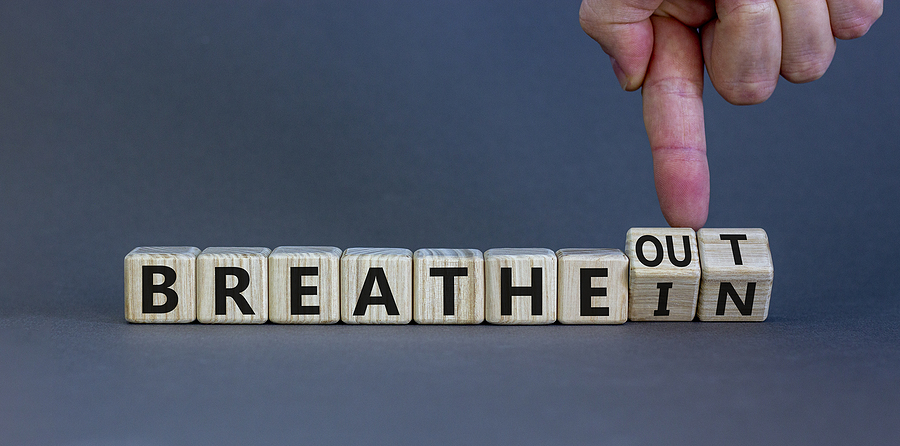Areas of Practice
Interventions offered
Psychotherapy or talk therapy
Psychotherapy or talk therapy is a way to help people with a broad variety of presenting issues and emotional challenges. Psychotherapy can help eliminate or control troubling symptoms so a person can function better and can increase well-being and healing. Problems helped by psychotherapy include challenges in coping with daily life; the impact of trauma, medical illness or loss, like the death of a loved one; depression or anxiety.
Psychodynamic
Psychodynamic talk therapy focuses on the patient therapist relationship as a lens to understand and build awareness of relational patterns in life. The goal is to relieve symptoms and transition toward a healthier life.
Cognitive Behavioral Therapy [CBT]
Cognitive Behavioral Therapy [CBT] cognitive behavioral therapy (CBT) is a form of psychological treatment that has been demonstrated to be effective for a range of problems including depression, anxiety disorders, alcohol and drug use problems, marital problems, eating disorders, and severe mental illness. Numerous research studies suggest that CBT leads to significant improvement in functioning and quality of life. In many studies, CBT has been demonstrated to be as effective as, or more effective than, other forms of psychological therapy or psychiatric medications.
It is important to emphasize that advances in CBT have been made on the basis of both research and clinical practice. Indeed, CBT is an approach for which there is ample scientific evidence that the methods that have been developed actually produce change. In this manner, CBT differs from many other forms of psychological treatment.

CBT is based on several core principles, including:
- Psychological problems are based, in part, on faulty or unhelpful ways of thinking.
- Psychological problems are based, in part, on learned patterns of unhelpful behavior.
- People suffering from psychological problems can learn better ways of coping with them, thereby relieving their symptoms and becoming more effective in their lives.
CBT treatment usually involves efforts to change thinking patterns. These strategies might include:
- Learning to recognize one’s distortions in thinking that are creating problems, and then to reevaluate them in light of reality.
- Gaining a better understanding of the behavior and motivation of others.
- Using problem-solving skills to cope with difficult situations.
- Learning to develop a greater sense of confidence in one’s own abilities.f
CBT treatment also usually involves efforts to change behavioral patterns. These strategies might include:
- Facing one’s fears instead of avoiding them.
- Using role playing to prepare for potentially problematic interactions with others.
- Learning to calm one’s mind and relax one’s body.
Not all CBT will use all of these strategies, rather, the psychotherapist and patient/client work together, in a collaborative fashion, to develop an understanding of the problem and to develop a treatment strategy.
CBT places an emphasis on helping individuals learn to be their own therapists. Through exercises in the session as well as “homework” exercises outside of sessions, patients/clients are helped to develop coping skills, whereby they can learn to change their own thinking, problematic emotions, and behavior.
CBT therapists emphasize what is going on in the person’s current life, rather than what has led up to their difficulties. A certain amount of information about one’s history is needed, but the focus is primarily on moving forward in time to develop more effective ways of coping with life.
Cognitive Processing Therapy for Post-Traumatic Stress [PTSD]
Cognitive Processing Therapy for Post-Traumatic Stress [PTSD] Authors: Patricia Resick, PhD, Kate Chard
PhD, and Candice Monson, PhD. CPT is a cognitive-behavioral therapy treatment that focuses on thoughts and feelings for posttraumatic stress disorder, or PTSD, and related conditions. PTSD can develop when an individual experiences a traumatic event such as physical and sexual abuse or assault, accidents, threats, military combat, or being a witness to violence or death. CPT focuses on the connections between thoughts, feelings, behavior and bodily sensations. CPT is an evidenced based therapy which means that it has been proven to be effective through rigorous scientific research. CPT provides a way to understand why recovery from traumatic events is difficult and how symptoms of PTSD affect daily life. The focus is on identifying how traumatic experiences change thoughts and beliefs, and how thoughts influence current feelings and behaviors. An important part of the treatment is addressing ways of thinking that might keep individuals “stuck” and get in the way of recovery from symptoms of PTSD and other problems. Improve understanding of PTSD Reduce distress about memories of the trauma Decrease emotional numbing (i.e., difficulty feeling feelings) and avoidance of trauma reminders; reduce feelings of being tense or “on edge” decrease depression, anxiety, guilt or shame and improve day-to-day living. Courtesy of https://cptforptsd.com/about-cpt/

Parts Work
Parts Work Internal family system approaches (Schwartz, 2013) may also be useful with first responders who have both Type I and Type II trauma. These approaches also externalize in order to work with the parts of self that are created under duress.
Eye Movement Desensitization & Resonance EMDR
Eye Movement Desensitization & Resonance EMDR (Shapiro, 2017) is an evidence-based treatment for trauma. It is based on the adaptive information processing (AIP) model that holds that most of “psychopathology is due to the maladaptive encoding of and/or incomplete processing of traumatic or disturbing adverse life experiences” (American Addiction Centers, 2019, para 5). Furthermore, “This impairs the client’s ability to integrate these experiences in an adaptive manner. The eight-phase, three-pronged process of EMDR facilitates the resumption of normal information processing and integration” (para. 5).
Emotional Freedom Technique [EFT]
Emotional Freedom Technique [EFT] Gary Craig [1995] the founder of EFT [emotional freedom technique] involves stimulating the meridians which are lines that lead to the central nervous system by tapping. EFT is an alternative treatment for emotional distress including trauma experience and panic EFT is also referred to as tapping. For some individuals, tapping the meridian points can produce a sense of calm.

Calming Techniques
Breathing
Breathing begins after birth, humans are wired to breath. Breathing is a natural rhythmic link to calming the body and our neurophysiology that connects to brain hormones and emotions. When language came into existence somewhere along the way humans developed an unnatural way to breathe [interrupted by language]. In my practice, I have come to find mouth breathers, and shallow breathers conditioned in a way of unnatural breathing, so much so, that this type of breathing contributes to increased hormone releases that contribute to stress & anxiety and can be linked to panic attacks.
Practiced regularly on its own or in conjunction with progressive relaxation calming interventions interrupt stress, fatigue and reducing anger, frustration and depression due to interrupting the stress hormone cortisol. Cortisol along with other hormones are important and life saving for survival, however tightened embodiment and reminders of traumatic stress can signal the brain to repeat a cycle in a survival response. An intention to practice breathing and progressive relaxation or other calming empowers us to create our own calm, focus, energy, and relaxation in an internalized rhythm that supports the increase of the oxytocin hormone, initiating caring for self and for others.

Progressive relaxation
Progressive relaxation (Jacobson, 1938) is a somatic & breathing technique that began at Harvard in 1908, and
Cornell and the University of Chicago in 1922 and 1923 to find “a sedative for over activity of the cerebrospinal and automatic nervous system or for a means of reducing nervous irritability and excitement” (p. 73). Jacobson found in tensing and relaxing muscles one by one leading individuals to experience completely relaxed corporal states. The goal of progressive relaxation is to notice the difference between the tension one is creating when squeezing a particular muscle and the relaxation of that same muscle after letting go of the tension; this helps an individual to calm the body in order to calm the mind, teaching the body and brain to develop the ability to interrupt anxious states. Using this method for 27 years in my practice has empowered others to maintain a balance of calm.
Cognitive Processing Therapy for PTSD [CPT] 12 to 16 Sessions Type-1 Type II Trauma
Emotional Freedom Technique EFT
EMDR Eye Movement Desensitization &
Resonance with Touch point Solutions
Education regarding the neurology of panic and reduction of episodes
Parts Work in relation to self-identity
Stress management

Calming strategies
- Breathing Techniques
- Progressive Relaxation Techniques
- Emotional Freedom Technique [EFT]
- Diverting, Relieving & Shifting Skills
Wearables & APPS
Touch Point Solutions - https://thetouchpointsolution.com
Apollo Neuro - https://apolloneuro.com
Calm APP - APP Store
Brainline. (2019). Have you seen these apps for PTSD? Retrieved from https://www.brainline.org/article/have-you-seen-these-apps-ptsd
